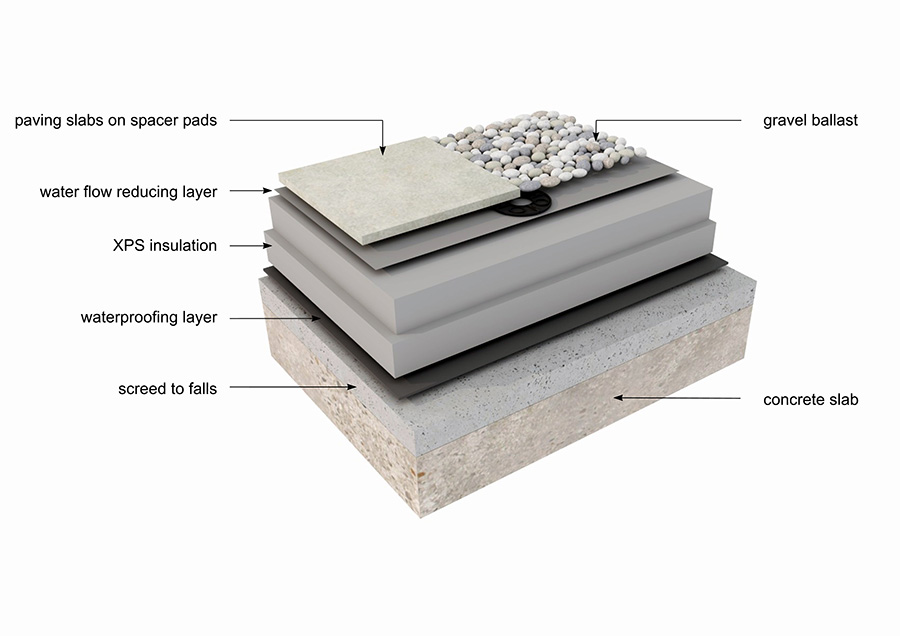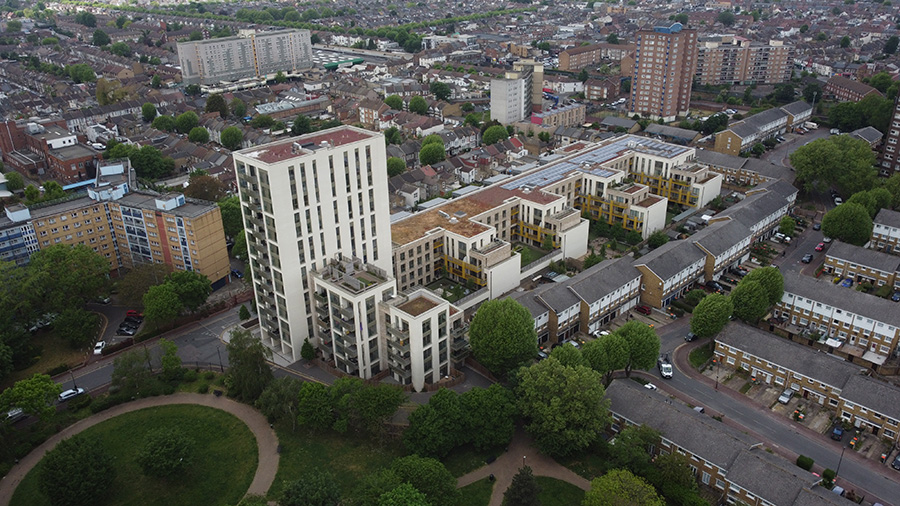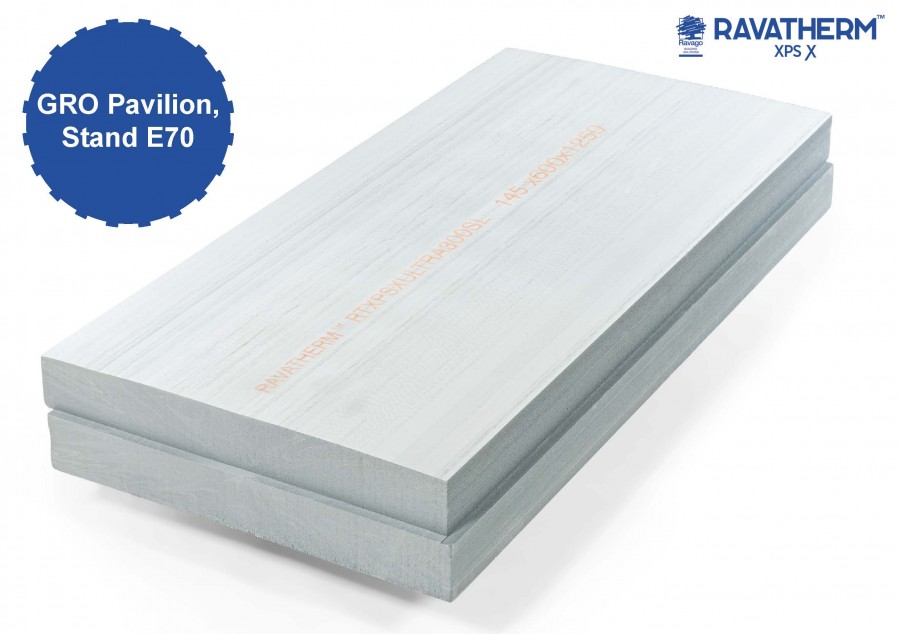
Nathan Good, Technical Sales Manager, Ravago Building Solutions
While designing a structure and devising a specification, architects routinely balance multiple competing objectives; cost, regulations, usability, and artistic vision, these are just a few of the factors in play. Balancing trade-offs between these different elements is all part of an architect’s skill, knowing that an overemphasis on any one area can result in a sub-optimal project that leaves everyone involved with a sour taste in their mouths. You don’t have to spend a long time on the internet to stumble across specification memes portraying the journey from an imaginative concept drawing to a bland, lifeless box-shaped building because of engineers or bean counters having disproportionate control.
The tragic events at Grenfell Tower in 2017 quite rightly led to fire safety considerations being given a greater weighting, and evidence presented during the subsequent public inquiry has left many shocked and appalled at the flagrant disregard for potential hazards in the pursuit of profit. Regulatory changes, construction product industry initiatives, and an emphasis on safety as part of architectural CPD are bringing about a much-needed and desired cultural shift, seeking to ensure that never again will we wake up to see what appears to have been an easily avoidable architectural disaster unfolding on our TV screens.
This desire to avoid a repeat of Grenfell is what has led to clarion calls for an absolute ban on combustible materials for external elements of a structure. While it would be easy to acquiesce to these demands, it is incumbent on architects to remember that soundbites don’t always make for a sound specification. Seemingly anodyne requests or restrictions, even if made with the best intentions, can lead to escalating costs or compromises on functionality, while not necessarily achieving the desired result.
This issue was highlighted in the recently published report from the Independent Review of Construction Product Testing Regime, led by Paul Morrell OBE and Anneliese Day KC. While the report contains 62 instances of the word “Grenfell”, the panel maintains that the fire classification of a building product is just one factor and that a holistic approach should be taken; the introduction states that “None of these objectives is exclusive of the others” while emphasising “the need to consider all of those aims and objectives, and interactions between them, and to be aware of unintended consequences in changing any one part of the system.”

Fire safety considerations when specifying inverted roof insulation
Requirement B4 of Approved Document B outlines how external walls and roofs should resist the spread of fire, with Section 12 specifically addressing roof performance; only roof systems achieving the Broof(t4) classification are suited for safe use in any roof location. BS8579:2020 clarifies that roof terraces are not subject to the more stringent restrictions imposed on balconies and should be treated as roofs when considering fire safety.
Broof(t4) requires that there be no penetration of a roof system within 60 minutes and that there is a flame spread of less than 0.38m across the region of burning while conducting the preliminary test – it is the highest performing classification for a roof system. This two-stage test using burning brands, wind and supplementary radiant heat comprehensively assesses how fire would spread across the surface of a roof, while also examining fire penetration and whether flaming droplets or other debris are produced.
It is still the case that you don’t need to use non-combustible insulation to achieve Broof(t4) for an inverted roof system provided it uses certain non-combustible coverings. Indeed, you are not even required to perform tests to demonstrate compliance; this isn’t an oversight in the regulations, but rather a conscious decision taken by European and UK regulators in European Commission Decision 2000/553/EC, recognising in recognition that “the external fire performance of many roof covering products/materials is well established and sufficiently well known to fire regulators in the Member States that they do not require testing for this particular performance characteristic.”
If you are designing a roof covered by slate, tiles, metal sheeting, or several other inorganic non-combustible coverings like concrete paving slabs and lose laid gravel that are routinely used on inverted flat roofs then you are compliant with Broof(t4) regardless of the fire classification of the underlying materials. The UK government has subsequently clarified that green roofs also achieve this rating provided that the growing layer is a minimum of 80mm, and organic content is no more than 50%.
For our own peace of mind, the Ravago inverted roof system was tested by Warrington Fire in May 2019 to demonstrate it achieves Broof(t4), and therefore per Approved Document B, is considered safe for use in all areas of a roof. This testing process used a representative build-up comprising Ravatherm XPS X insulation boards (Euroclass E BS EN 13501-1), a waterflow-reducing layer, and a covering of paving slabs or gravel. If you would like a copy of the test report, please let me know and I will gladly share it.
What about non-combustible insulation?
Some alternative insulation materials are now being promoted for use in inverted roof applications, principally because they are classified as non-combustible, such as cellular glass. In addition to frequently being considerably more expensive than traditional insulation options, this material faces questions about its long-term performance characteristics - post-installation the boards are exposed to rainwater that can soak into the insulation material and potentially impact performance and lifespan because of the freeze-thaw cycle.

Why the inverted flat roof remains relevant
If the non-combustible insulation options for an inverted roof are too expensive or lack long-term performance data, why not simply switch to a warm roof? While this is certainly an option, this involves trading away the intrinsic benefits offered by inverted roofs to satisfy a buzzword brief, rather than delivering any tangible benefit.
Considering the high cost of land, particularly in urban areas where structures with flat roofs are more prevalent, we should look to the roof as an additional functional space. From a storage location for heavy plant equipment to valuable amenity space in the form of a terrace, a roof can be so much more than something to protect a building’s occupants from the weather. Yet this is only possible if a roof can withstand these loadings – you need to go inverted and take advantage of insulation materials with low long term compressive creep.
It is also worth considering how the insulation, waterflow-reducing layer and ballast protect the underlying waterproofing membrane from both mechanical and UV damage. This approach also facilitates much easier access for maintenance, allowing for the 20 or 30 year warranty to be upheld. It is estimated that taken together, these benefits can reduce total roof-life costs by almost a quarter.
Conclusion
Concern about the fire safety of buildings will justifiably remain high on the agenda – the spectre of the tragedy at Grenfell is an ominous reminder of what can go wrong when due care is not taken when specifying construction materials. However, we must avoid throwing the baby out with the bath water and committing to a non-combustible construction agenda that ignores decades of evidence showing how tried and trusted materials like XPS can be used safely in specific applications, including in inverted flat roofs, bringing benefits not offered by their non-combustible counterparts.
Let’s keep safety at the forefront of our minds, but also remember that this is not the only consideration – proven performance, not soundbites should dictate our building specifications.












